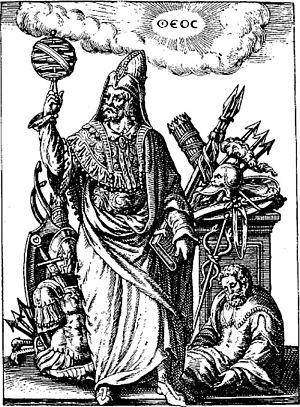 |
| The Violence of the Equinoxes |
The Osiris Cycle is one of the early versions of the story that we have a record of. Osiris is tricked into a coffin by his brother Seth, who then destroys (or hides) the coffin until it's finally raised up by a tree, where he's found then reassembled by Isis, who gets pregnant by him and gives birth to Horus.
The most familiar story of violence at the equinox is the story of Jesus. He's mocked, scourged, and finally put on the cross at the spring equinox, and then is resurrected and ascends into the sky. As stated before, the Skull and Bones "322" (March 22) logo is a possible allusion to this story and the Equinox Crossing. (Vernal Equinox is almost always March 20-21, though)
Osiris, like Darth Vader, Jon Snow, and Jesus is the Lord of the Dead, that is winter, or the underworld (or the galactic Empire, or north of the Wall). In Star Wars, Darth Vader helps build a Death Star. Obviously the inverse of the Sun, that is the Winter Sun, possibly the Winter Sun of the Winter Solstice.
| That's No Moon |
This interpretation makes some sense. The Jesus character is sort of a mini-me version of the summer sun; he is humble and does not put on airs. He is a carpenter, not a warrior, rides a donkey, not a chariot drawn by magnificent horses, and gets a crown of thorns, not gold, and is crowned king of the Jews, which would have been an insult in Roman times. He's the winter sun. He's the wine (crushed, then fermented summer grapes) and the bread (battered, crushed, and baked summer wheat). He's also the friend of man. (like Prometheus)
A good question--one I can't really even guess at right now--is where's Han Solo and Luke in the Bible? Where's Sekhmet? Where's the kick ass summer sun? Definitely not in the New Testament, as far as I know.



